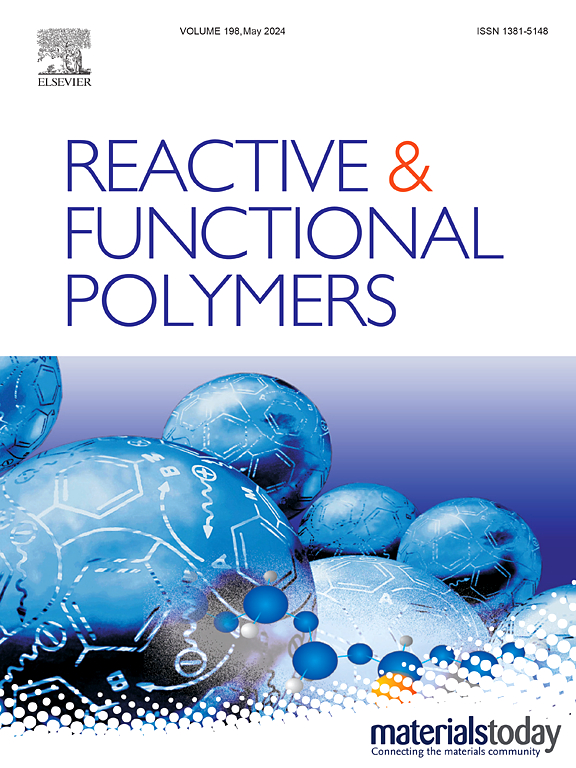High glass transition catalyst-free polybenzoxazine vitrimer through one-pot solventless method
IF 4.5
3区 工程技术
Q1 CHEMISTRY, APPLIED
引用次数: 0
Abstract
A high glass transition polybenzoxazine has been synthesised by a one-pot solventless method via the Mannich condensation of a phenolic disulphide, paraformaldehyde and aniline. The solventless process reduces synthesis time, material costs, and the need for post-synthesis purification. The polybenzoxazine exhibits a glass transition temperature (Tg) of 155°C and thermosetting behaviour below this temperature. Dynamic disulphide bond metathesis associated with a topological freezing temperature of 78°C and an activation energy of 127 kJ mol–1 delivers vitrimeric functionality with fast, catalyst-free stress relaxation above Tg. This material fully relaxes stress within 5 s at 190°C, with thermal degradation beginning above 250°C. It exhibits a glassy modulus of 3.6 GPa, high char yield (57.4%) translating to a high limiting oxygen index (LOI) of 40.5% and excellent environmental resistance, as evidenced by low water uptake (1.4%) after immersion at 75°C for 31 days. The combination of environmental resistance, due to thermosetting character, high glass transition, facile synthesis, high char yield, good processability, and fast stress relaxation position this polybenzoxazine as a promising candidate matrix system for repairable aerospace thermosetting continuous fibre composites.

求助全文
约1分钟内获得全文
求助全文
来源期刊

Reactive & Functional Polymers
工程技术-高分子科学
CiteScore
8.90
自引率
5.90%
发文量
259
审稿时长
27 days
期刊介绍:
Reactive & Functional Polymers provides a forum to disseminate original ideas, concepts and developments in the science and technology of polymers with functional groups, which impart specific chemical reactivity or physical, chemical, structural, biological, and pharmacological functionality. The scope covers organic polymers, acting for instance as reagents, catalysts, templates, ion-exchangers, selective sorbents, chelating or antimicrobial agents, drug carriers, sensors, membranes, and hydrogels. This also includes reactive cross-linkable prepolymers and high-performance thermosetting polymers, natural or degradable polymers, conducting polymers, and porous polymers.
Original research articles must contain thorough molecular and material characterization data on synthesis of the above polymers in combination with their applications. Applications include but are not limited to catalysis, water or effluent treatment, separations and recovery, electronics and information storage, energy conversion, encapsulation, or adhesion.
 求助内容:
求助内容: 应助结果提醒方式:
应助结果提醒方式:


